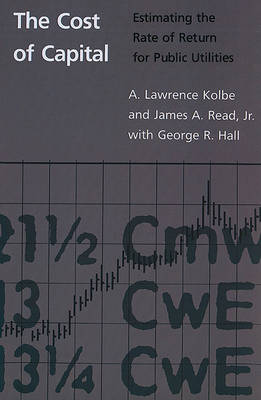This book spells out the advantages and disadvantages of the major methods used to estimate the required rate of return. One of the most contentious questions in public utility regulation is what "fair" rate of return to allow investors. This book spells out the advantages and disadvantages of the major methods used to estimate the required rate of return. It is a thorough review and critique that will prove valuable to all members of the regulatory community - commissions and their staff, legal and management counsel, and intervenors - and to students of finance and regulation. The point of departure is the cost of capital as a concept and the rationale for setting the allowed rate of return equal to the cost of capital. On this basis a comprehensive set of evaluation criteria are developed, including theoretical, practical, and empirical aspects. With the conceptual and methodological framework established, the authors proceed to evaluate the five major estimation methods: comparable earnings, discounted cash flow, capital asset pricing model, risk positioning, and market-to-book ratio. In addition, they survey new methods of estimating the cost of capital, such as the Arbitrage Pricing Theory, that are likely to be used more frequently in the future. Several related topics are treated in appendices. The goal of the book is not to choose a single "best" method, but to provide a systematic assessment of the strengths of each.
- ISBN10 0262612127
- ISBN13 9780262612128
- Publish Date 31 August 2005 (first published 18 December 1984)
- Publish Status Active
- Out of Print 7 December 2021
- Publish Country US
- Publisher MIT Press Ltd
- Imprint MIT Press
- Format Paperback (US Trade)
- Pages 191
- Language English
- URL http://mitpress.mit.edu/9780262612128
